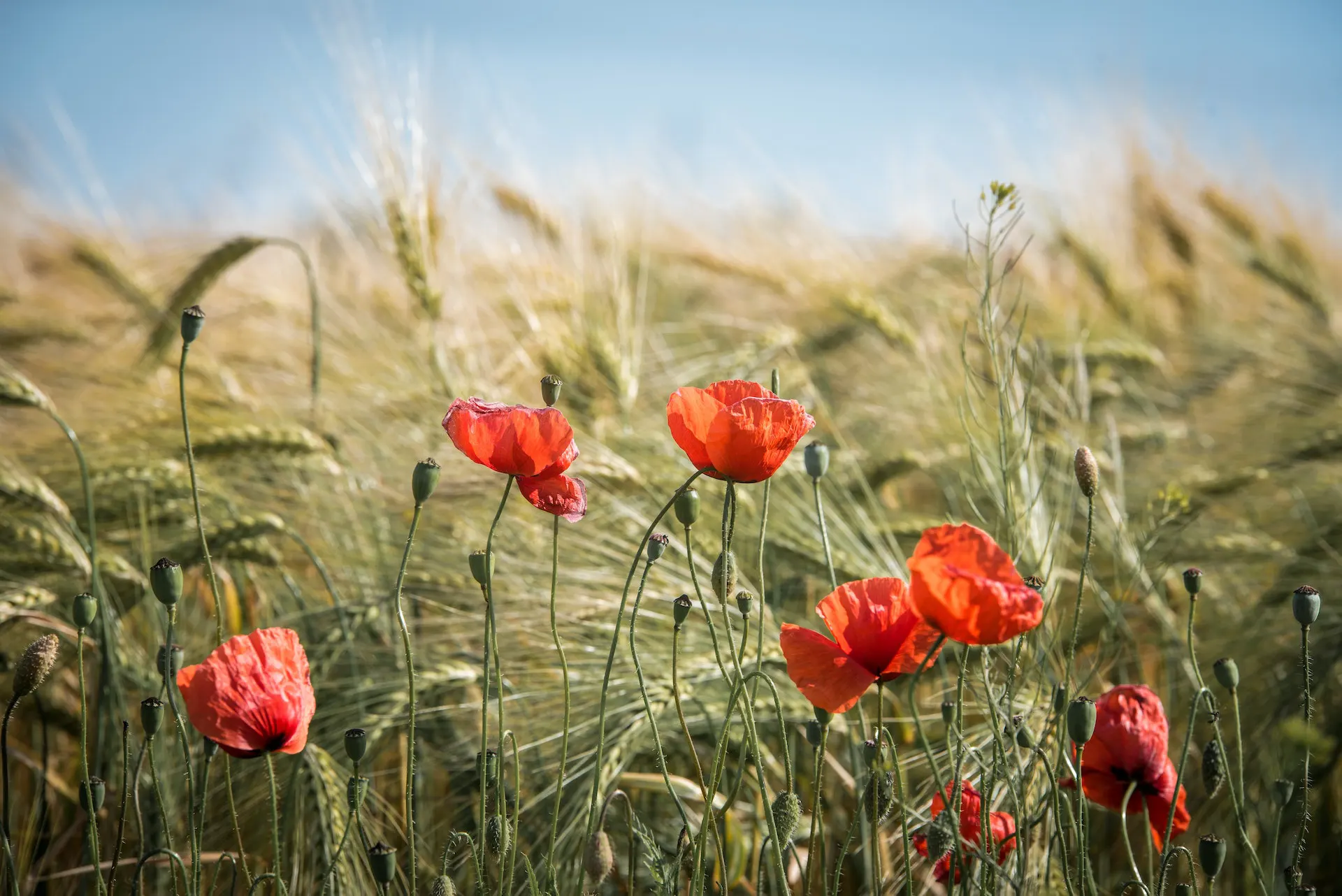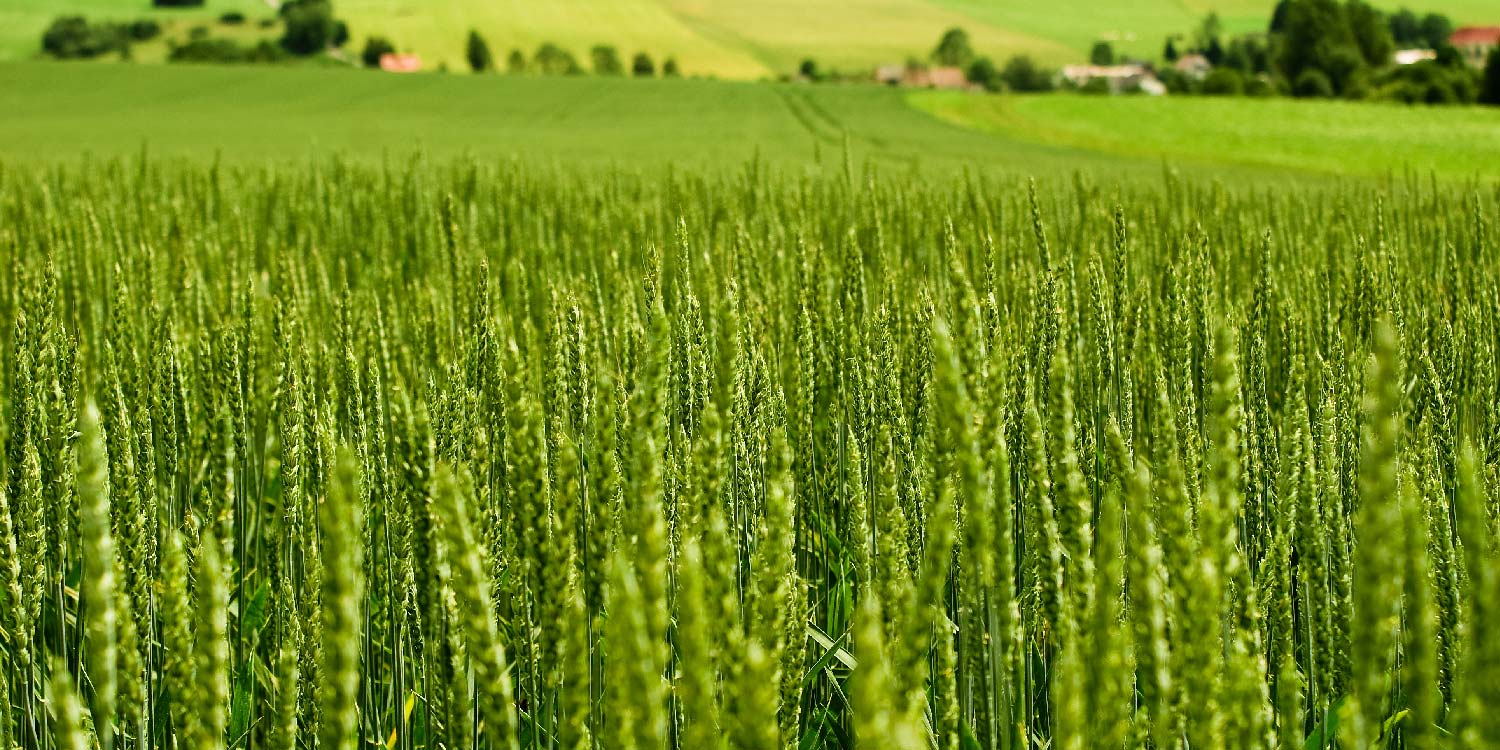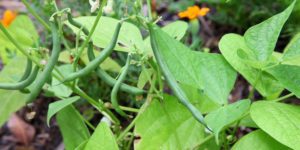Kenya is one of the largest wheat producers in Africa, with wheat being the second most important cereal crop after maize. In Kenya, wheat is grown mainly in the greater Rift Valley and in Timau on the slopes of Mount Kenya. Wheat is a versatile crop that can be used in many ways, from making bread and cakes to animal feed.
Wheat farming in Kenya has evolved over the years, with farmers adopting modern farming techniques, improved seeds, and machinery. Wheat farming in Kenya can be profitable for farmers who follow the right practices.
Varieties of Wheat in Kenya
The most common kind of wheat that is grown in Kenya is the Durum. This is a high-quality wheat used for making pasta, couscous, and bulgur. It is mainly grown in the Rift Valley and requires a dry climate and good soil drainage. Other wheat varieties include Robin, KS- Chui, Kenya eagle, and Kenya kingbird.
Ecological Requirements for Wheat Farming in Kenya
Rainfall: Wheat does well in moderate rainfall ranging from 500-1300 mm.
Altitude: Wheat growing areas have an altitude range of 1500-2900m above sea level.
Temperature: Wheat requires a relatively warm temperature range of 15-25 degrees centigrade for at least three months. Temperatures above 35 degrees centigrade stop photosynthesis and the growth of the crop. At a higher temperature, e.g. 40 degrees centigrade, the crop dies due to the heat.
Soil: For optimum production, wheat requires a deep fertile soil which is well drained and with an optimum soil PH of between 5.5-7.5. Wheat crop is very sensitive to soil salinity.

Propagation of Wheat in Kenya
Propagation of wheat is by seeds and below is the procedure that need to be followed to get it right in wheat farming in Kenya.
Land preparation for wheat farming is made easier by use of CATAPULT 480 SL 250ml per 20L which is a non-selective herbicide used to kill all types of weeds. Also WEMBE 200 SL at 300ml in 20L of water, A non selective post emergence herbicide used during land preparations to clear all weeds.
Till soil to a depth of about 6 inches and mix soil with manure and DAP. In order to improve the rate of nutrient uptake as well as to stimulate crop growth among other benefits, mix DAP 50kg and /or manure 1 ton with 1kg of HUMIPOWER.
Sow seeds through broadcasting, dibbling the seeds or using a drill at a depth of about 4cm and cover the seeds with a thin layer of soil. A rake can be used in small scale farming. This prevents seeds from drying out in the sun and from being fed by birds.
Water the newly sown seeds. This may be optional especially if planting has been done on the onset of rains or the soil is moist enough to allow for the seeds to germinate which usually happens after 4-7 days.
Pest Management for Wheat Farming in Kenya
Wheat farming in Kenya is faced with various challenges, including pest infestations. Pests are a significant threat to wheat farming, and if not well managed, they can cause significant losses to farmers. In this section, we will discuss some of the pests that affect wheat farming in Kenya and how to manage them.
Wheat aphids
Wheat aphids are tiny insects that suck the sap from the wheat plant, causing yellowing and premature death of leaves. As these aphids feed, they secrete honeydew which encourages the development of sooty mold. They are also vectors of barley yellow dwarf virus, which can cause significant yield losses.
To manage wheat aphids, farmers should spray their crops with an insecticide such as KINGCODE ELITE 50EC 10 ml in 20L , LEXUS 247SC 8 ml in 20L., PRESENTO 200 SP at 4g in 20L of water.
Thrips
Thrips are another type of insect that can cause significant damage to wheat crops. These piercing and sucking insects are mostly found behind the sheath of the flag leaf feeding. They attack leaves, stems and heads causing significant damages.
To manage thrips, farmers should spray their crops with an insecticide such as PROFILE 440EC 30 ml in 20L, LEXUS 247SC 8 ml in 20L.
Nematodes
Nematodes are microscopic roundworms that can infest wheat crops, leading to the formation of galls/swellings on the roots. This reduces plant vigor resulting in stunted growth.
To manage nematodes, farmers should drench the soil with an insecticide such as ALONZE 50EC 10 ml in 20L
Cutworms
Cutworms are caterpillars that cut the stem of younger plants below the soil surface. The infested plants wither eventually, causing significant losses to farmers.
To manage cutworms, farmers should drench the soil with an insecticide such as LOYALTY 700 WDG at 10g in 20L of water
Stalk borers
Stalk borers are another type of insect that can cause significant damage to wheat crops. The larvae feed on leaves, and as infestation continues, they find their way into the stalk of the plant, feed on the stalk tissues, making the stalk weak. Significant losses result as a result of their infestation.
To manage stalk borers, farmers should spray their crops with an insecticide such as LEXUS 247SC 8 ml in 20L., OCCASION STAR 200 SC at 3ml in 20L of water, INDOKING 300 SC at 3 ml in 20L of water
Birds
Birds are another significant threat to wheat production in Kenya. They eat grains off the mature ear, reducing plant density. To manage bird infestations, farmers can employ a bird scarer or apply a bird repellent to the seeds. Alternatively, farmers can change the planting date to avoid planting when the birds are feeding.
Disease Management for Wheat Farming in Kenya
Wheat farming in Kenya is a profitable business if proper pest and disease management is implemented. In the previous section, we discussed pests management for wheat farming in Kenya. In this section, we will discuss disease management for wheat farming in Kenya.
Brown leaf rust
Brown leaf rust is a fungal disease that can cause significant losses to wheat farmers. It is characterized by the formation of circular or slightly elliptical pustules which are smaller than those of stem rust. These do not coalesce and have masses of orange to orange-brown fungal growth. In severe cases, the leaf dies.
To manage brown leaf rust, it is essential to implement proper cultural practices such as crop rotation and avoiding over-fertilization with nitrogen. Additionally, it is recommended to use resistant varieties and to apply fungicides at the first sign of infection. The recommended fungicide for managing brown leaf rust is ABSOLUTE STAR 400 SC at 10ml in 20L of water, DEFACTO 500 EC at 5ml In 20L
Powdery mildew
Powdery mildew is a fungal disease that affects wheat and is characterized by white to pale grey powdery colonies of fungal growth that develop on the upper surfaces of leaves and leaf sheaths. Sometimes, spikes are attacked. Heavy infections cause significant losses.
To manage powdery mildew, it is recommended to use resistant varieties and to apply fungicides at the first sign of infection. Proper cultural practices such as crop rotation and avoiding over-fertilization with nitrogen are also recommended. The recommended fungicide for managing powdery mildew is RANSOM 600WP 15g/20l
Barley yellow dwarf
Barley yellow dwarf is a viral disease that can affect wheat and is characterized by yellowing and stunting of leaves, stiffening of the leaves, and discoloration of the heads during ripening. The disease is spread by aphids.
To manage barley yellow dwarf, it is recommended to control aphids by spraying LEXUS 247SC 8 ml/20l. Additionally, it is recommended to use resistant varieties and to avoid over-fertilization with nitrogen.
Black stem rust
Black stem rust is a fungal disease that can cause complete crop loss if not well managed. It is characterized by dark reddish-brown pustules that develop on stems and spikes. As the infection progresses, these pustules coalesce, and under favorable conditions, complete crop loss can occur.
To manage black stem rust, it is recommended to use resistant varieties, to avoid over-fertilization with nitrogen, and to apply fungicides at the first sign of infection. The recommended fungicide for managing black stem rust is ABSOLUTE STAR 400 SC at 10ml in 20L of water, DEFACTO 500 EC at 5ml In 20L
Loose smut
Loose smut is a fungal disease that can cause significant losses to wheat farmers. It is characterized by the inflorescence, except the rachis, being covered with masses of smut spores that are black in color. Yield losses depend on the number of spikes infected.
To manage loose smut, it is recommended to use resistant varieties and to apply fungicides at the first sign of infection. The recommended fungicide for managing loose smut is ABSOLUTE 375SC 10ml/20l

Nutrition in Wheat Farming
To achieve maximum crop production, it is essential to ensure that wheat plants receive adequate nutrition. There are two primary ways to provide plants with the necessary nutrients: basal fertilizers and foliar fertilizers.
Basal fertilizers, such as DAP and CAN, are applied to the soil before planting to provide nutrients to the developing seedlings. Foliar fertilizers, such as OPTIMIZER, and GREENPHITE are sprayed onto the leaves of the plant during the growing season.
Proper timing in wheat farming is also critical to ensure that the plants receive the necessary nutrients. This helps to prevent nutrient loss through leaching, volatilization, or other means. By providing wheat plants with the right nutrients at the right time, farmers can improve crop yields and promote healthy plant growth.
Nutrition Deficiencies for Wheat in Kenya
Wheat plants in Kenya can show deficiency symptoms when they lack certain nutritional elements. Some common symptoms of these deficiencies are:
Phosphorus deficiency
Plants grow stunted with few shoots, and their older leaves turn pale to yellowish red. In severe cases, the leaves die, and small heads form. You can spray GOLDCHANCE SUPER START 50 g/20l.
Nitrogen deficiency
Plants appear pale green, and their older leaves turn yellow from the tip to the sheath. Severe deficiency can cause necrosis, and small grains are produced. You can spray LAVENDER SUPER GROWTH 50 g/20l.
Potassium deficiency
Deficient plants have shortened internodes, and the margins of their leaves dry and become scorched. You can spray GOLDCHANCE SUPER FLOWER & FRUITS.
Weed Management for Wheat Farming in Kenya
Effective weed management is crucial for wheat farming in Kenya as weed infestation can cause significant losses by competing for nutrients, water, space, and sunlight, as well as harboring pathogens.
In order to control weeds, selective herbicides with systemic and contact actions can be used.
Agromine 860SL is a selective herbicide that targets broadleaved weeds, and it should be applied before the piping stage when the crop has developed 5-6 leaves.
Finally, Digester Super 69EW is a selective herbicide with both contact and systemic actions, which is used to control annual and perennial grass weeds.

Maturity, Harvesting & Post Harvest Handling of Wheat in Kenya
The maturity of wheat depends on the variety, but it usually takes around four months to reach harvest time. The wheat heads can be cut with sickles or knives by small-scale farmers, or with combined harvesters by large-scale farmers. The next steps are threshing, drying and winnowing the wheat heads.
The wheat is then milled to produce wheat flour, which can be either bleached for a lighter colour or used as it is. Wheat flour is rich in nutrients and can be used to make various baked goods such as cakes, breads and chapatis. Wheat bran/waste can also be fed to dairy animals or chickens.
A single acre of land can yield more than 20-100 kg bags of wheat.
Notes
Whenever doing foliar sprays, always mix the product(s) with INTEGRA 3 ml/20l. This is a sticker, spreader and penetrant which helps in improving the products’ efficacy, giving effective results.
CADILLAC 800WP is a preventive fungicide which should be used before a fungal infection has begun on the plant.
OPTIMIZER 10 ml/20l is a superior foliar fertilizer which helps in management of plant stress during adverse climatic conditions, plant immune build up, prevention of flower abortion, improvement of fruit quality & quantity among other benefits. It provides both macro and micronutrients and growth hormones to the plants.
Alternation of various chemicals (especially fungicides and insecticides) throughout a wheat farming season help in preventing resistance build-up by the pest, which could happen if only a single chemical was used.






